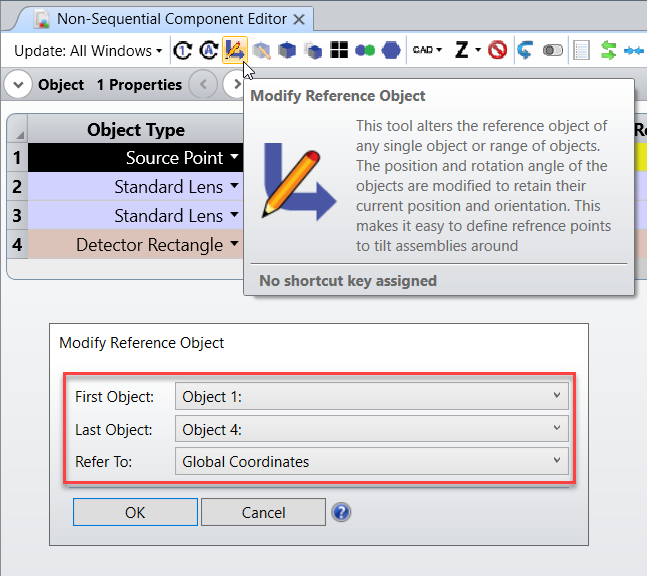Tolerancing and Reference Objects in Non-Sequential Mode
If tolerance the position of an non-sequential object that is the reference object for a second object, is the position of both objects changed together in the tolerancing analysis?
I'm asking because I need to tolerance the position of a module that consists of several objects, and I'm not sure how to do it in Non-Sequential Mode
I'm asking because I need to tolerance the position of a module that consists of several objects, and I'm not sure how to do it in Non-Sequential Mode
Enter your E-mail address. We'll send you an e-mail with instructions to reset your password.






